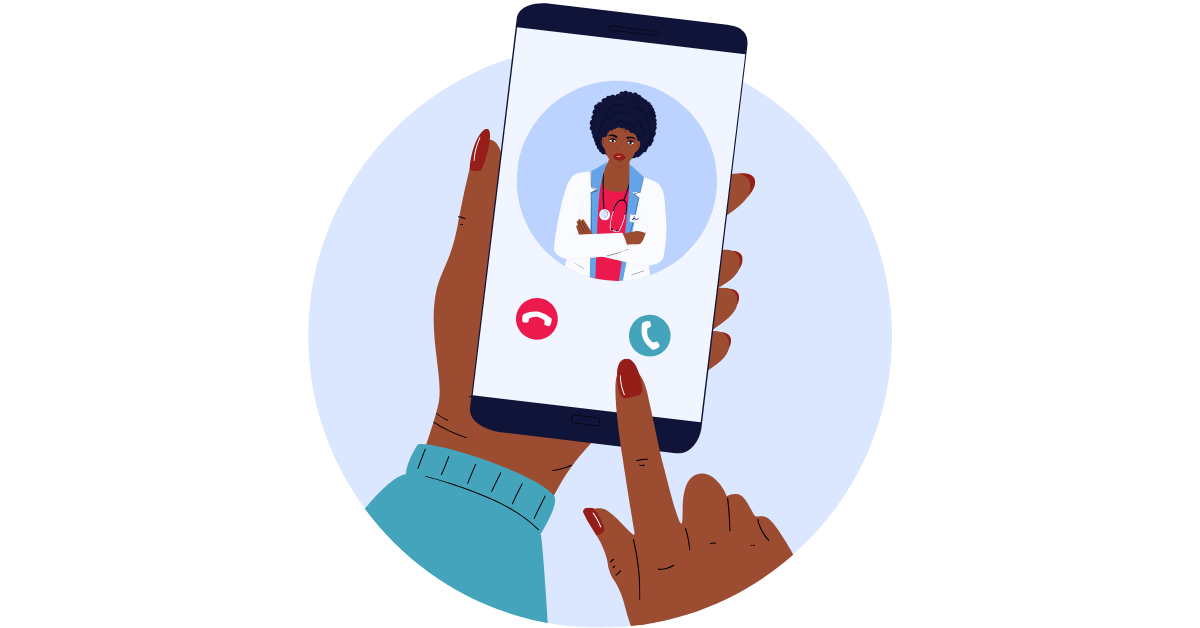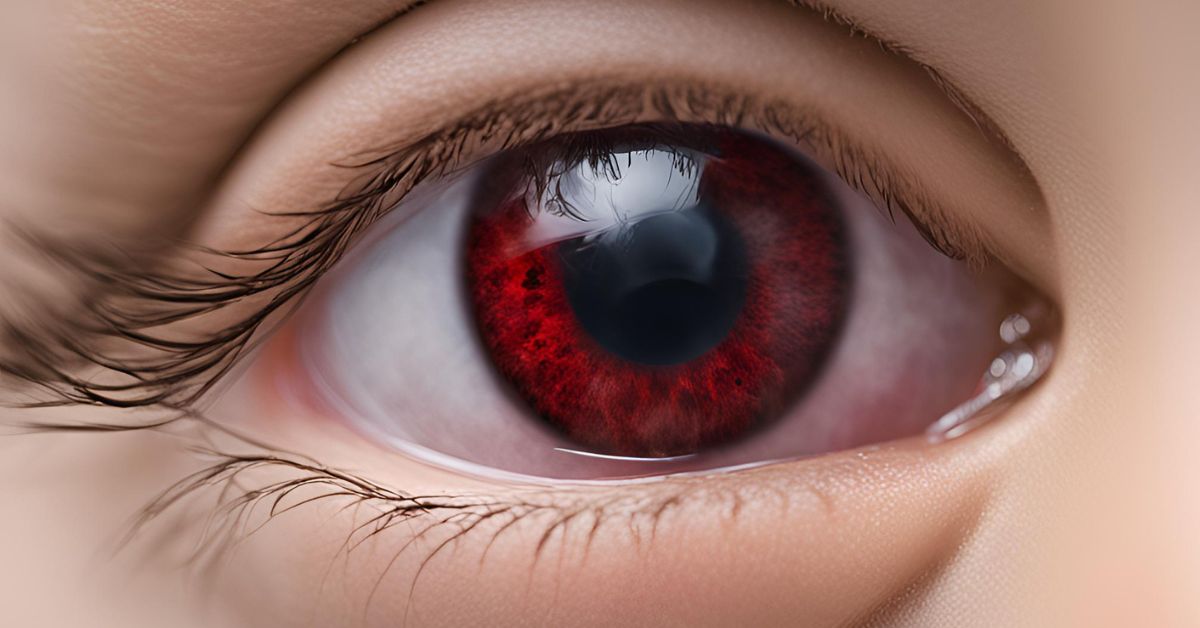In this article:
- What is Telehealth for Children’s Mental Health and How Does it Differ from Traditional Therapy?
- Common Questions Addressed
- How Can Telehealth Be More Helpful for Children’s Mental Health?
- Who Needs to Read This?
- Effectiveness of Telehealth Methods
- How to Access Telehealth Services for Children’s Mental Health
- Case Study
- Conclusion
Mental health concerns are on the rise among children, yet access to qualified therapists can be a significant hurdle. Telehealth, the use of telecommunication technologies to deliver healthcare services remotely, emerges as a promising solution. But how exactly does it work, and is it as effective as traditional in-person therapy? Let’s delve deeper into telehealth for children’s mental health, exploring its benefits, limitations, and how it can make a difference.
In this article:
- What is Telehealth for Children’s Mental Health and How Does it Differ from Traditional Therapy?
- Common Questions Addressed
- How Can Telehealth Be More Helpful for Children’s Mental Health?
- Who Needs to Read This?
- Effectiveness of Telehealth Methods
- How to Access Telehealth Services for Children’s Mental Health
- Case Study
- Conclusion
What is Telehealth for Children’s Mental Health and How Does it Differ from Traditional Therapy?
Telehealth for children’s mental health involves using video conferencing, phone calls, or secure messaging platforms to connect children with therapists. While the core principles of therapy remain the same (assessment, diagnosis, and treatment), the delivery method differs significantly. Unlike traditional therapy where sessions occur in a therapist’s office, telehealth allows for flexibility in terms of location.
Common Questions Addressed
- Is telehealth therapy effective? Research suggests that telehealth can be as effective as in-person therapy for a variety of mental health conditions in children and adolescents, particularly for anxiety, depression, and ADHD [1, 2]. However, the suitability of telehealth depends on the individual case.
- Isn’t face-to-face interaction essential for therapy? While in-person interaction offers certain advantages, therapists have developed effective techniques for building rapport and trust through video conferencing. Additionally, some children might feel more comfortable expressing themselves in a virtual environment.
- Can telehealth address all mental health concerns?
Telehealth is a valuable tool for a wide range of mental health challenges, but it might not be suitable for severe cases requiring more intensive intervention.
How Can Telehealth Be More Helpful for Children’s Mental Health?
Telehealth offers several advantages over traditional therapy, making it a more accessible and potentially more helpful option for children:
- Increased Accessibility: Telehealth eliminates geographical barriers, allowing children in remote areas or those with mobility limitations to connect with therapists.
- Reduced Stigma: The virtual setting can feel less intimidating for some children, making them more open to seeking help.
- Flexibility and Convenience: Telehealth offers greater scheduling flexibility for busy families, reducing appointment conflicts and travel time.
- Engaging Tools: Therapists can utilize interactive whiteboards, mobile apps, and virtual games to enhance engagement and cater to different learning styles.
Who Needs to Read This?
This information is valuable for anyone concerned about a child’s mental health, including:
- Parents and Guardians: Understanding telehealth can empower them to explore alternative options for their children’s mental well-being.
- Educators: Knowledge about telehealth can help educators identify children who might benefit from this service and support families in accessing it.
- Mental Health Professionals: Telehealth offers therapists the opportunity to expand their reach and provide services to a wider population.
- Policymakers: Understanding the potential and limitations of telehealth can inform decisions about expanding access to mental health services for children.
Effectiveness of Telehealth Methods
Studies have shown that telehealth interventions can be just as effective as traditional therapy for various childhood mental health conditions. Here are some examples:
- A 2023 study published in the Journal of the American Academy of Child and Adolescent Psychiatry found that telehealth-delivered cognitive behavioral therapy (CBT) was as effective as in-person CBT for treating anxiety disorders in children .
- A 2022 meta-analysis published in Telemedicine and e-Health showed that telehealth interventions were effective in reducing symptoms of depression in adolescents .
However, it’s important to note that the effectiveness of telehealth can vary depending on factors like:
- The therapist’s experience and training in telehealth delivery
- The severity of the child’s mental health condition
- The child’s comfort level with technology
- The availability of a quiet and private space for telehealth sessions
How to Access Telehealth Services for Children’s Mental Health
- Talk to your child’s pediatrician or primary care physician: They can assess your child’s needs and recommend qualified telehealth therapists.
- Search online directories: Organizations like the American Telemedicine Association offer directories of telehealth providers.
- Contact your insurance company: Many insurance companies now cover telehealth services, but it’s crucial to check your specific plan for coverage details.
Case Study
Sarah, a 12-year-old living in a rural area, struggled with social anxiety that made attending school challenging. Traditional therapy wasn’t an option due to the long travel distance to the nearest therapist. Her parents explored telehealth and connected with a therapist specializing
in treating childhood anxiety. Through video conferencing sessions, Sarah participated in CBT exercises and learned relaxation techniques. The virtual environment allowed her to feel comfortable expressing herself, and the therapist creatively utilized online tools like mood tracking apps and social skills simulations. Over several months of telehealth therapy sessions, Sarah’s anxiety symptoms decreased significantly, and she felt more confident participating in classroom activities. (Note: This is a fictionalized case study, but it reflects real-world applications of telehealth in children’s mental health.)
Sources:
- Journal of the American Academy of Child and Adolescent Psychiatry: Telehealth-Delivered Cognitive Behavioral Therapy for Childhood Anxiety Disorders: A Randomized Controlled Trial (2023)
- Telemedicine and e-Health: Meta-analysis of Telehealth Interventions for Adolescent Depression (2022)
Conclusion
Telehealth is not a silver bullet, but it represents a significant step forward in making mental health services more accessible for children. By leveraging technology and innovative therapeutic approaches, telehealth can empower children to overcome challenges, build resilience, and thrive. As research continues to refine telehealth practices and overcome limitations, this promising approach has the potential to revolutionize the landscape of children’s mental health care.








